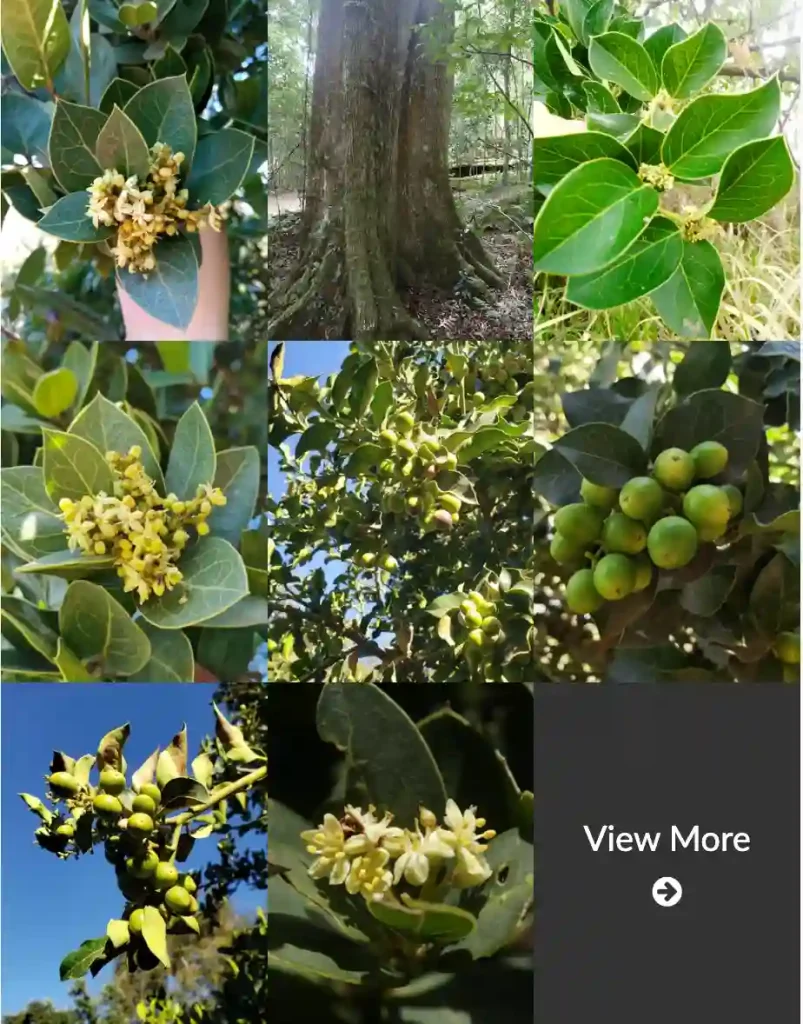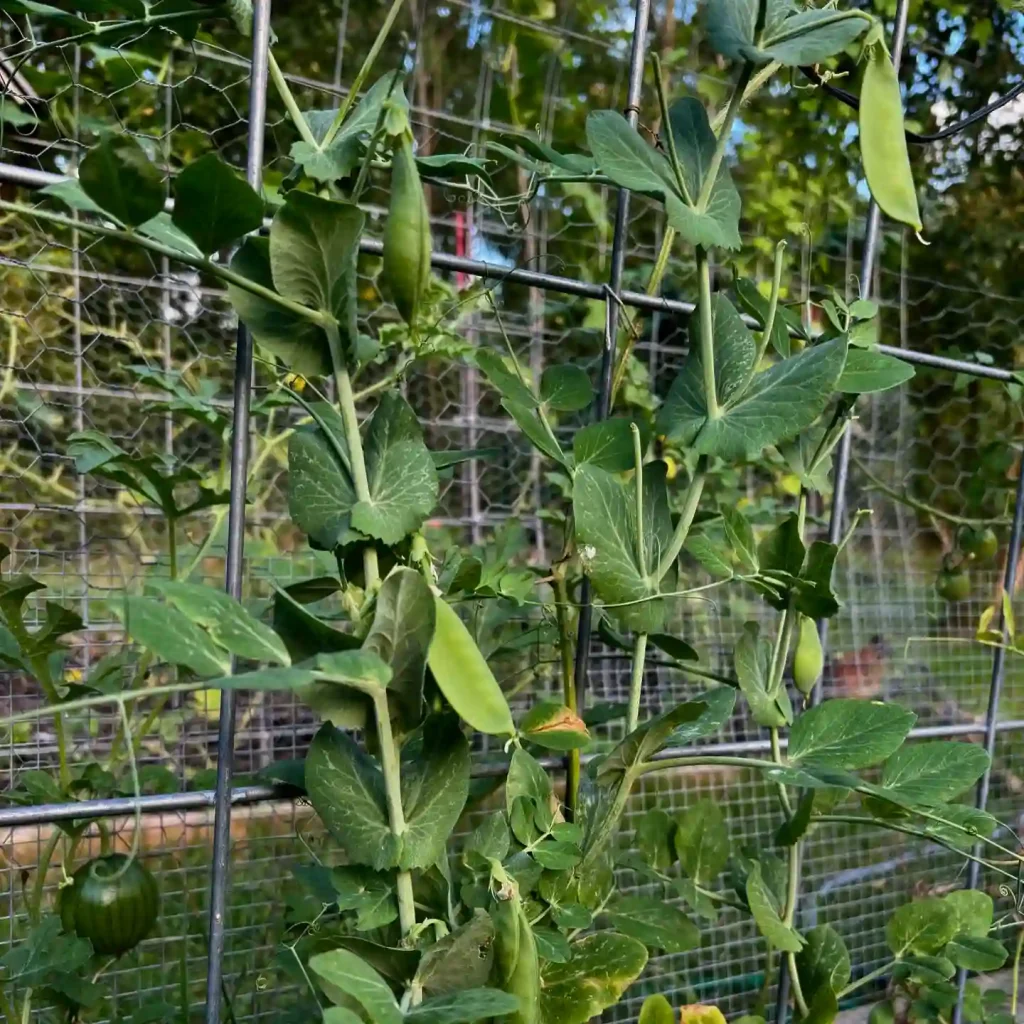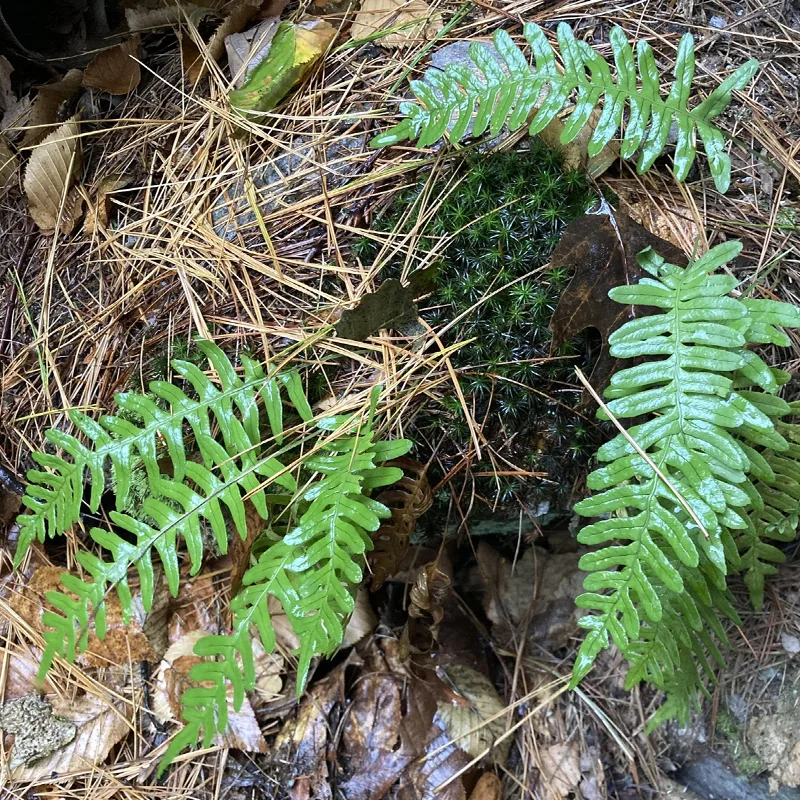What is Callirhoe Bushii?
Callirhoe Bushii, commonly known as Bush’s Poppy Mallow, is a perennial plant native to the central United States. It’s part of the Malvaceae family and is admired for its stunning, vibrant blooms. The plant features striking, cup-shaped flowers that range in color from deep purple to bright pink, and its attractive foliage adds to its overall appeal. The Callirhoe Bushii is particularly valued for its ability to thrive in challenging conditions, making it a popular choice for both novice and experienced gardeners.
9 Species in Genus Callirhoe
How to Care for Callirhoe Bushii?
Caring for Callirhoe Bushii is relatively straightforward, thanks to its hardy nature. Here are some tips for ensuring your plant thrives:
- Sunlight: Callirhoe Bushii loves full sun. It needs at least 6 hours of direct sunlight daily. A sunny spot in your garden will keep it blooming abundantly.
- Soil: This plant prefers well-drained soil. It can tolerate a range of soil types, including sandy and loamy soils. Good drainage is crucial to prevent root rot.
- Watering: Watering should be moderate. While Callirhoe Bushii is drought-tolerant once established, it benefits from regular watering during its active growing season. Avoid overwatering, as this can lead to root issues.
- Fertilizing: Use a balanced fertilizer in early spring to promote healthy growth. A general-purpose fertilizer will usually suffice, but be sure to follow the instructions to avoid over-fertilizing.
- Pruning: Prune the plant after it finishes blooming to encourage new growth and maintain its shape. Deadheading spent flowers can also help extend the blooming period.
How to Propagate Callirhoe Bushii?
Propagating Callirhoe Bushii is relatively easy and can be done through seeds or cuttings.
- From Seeds: Start seeds indoors 6-8 weeks before the last frost date. Sow the seeds in seed-starting mix and keep them in a warm, sunny location. Transplant seedlings outdoors after the danger of frost has passed.
- From Cuttings: Take stem cuttings from the plant in late summer. Ensure each cutting has a few leaves and a portion of the stem. Dip the cut end in rooting hormone and plant it in a well-draining potting mix. Keep the cuttings in a warm, bright spot until they develop roots.
What to Plant With Callirhoe Bushii?
Callirhoe Bushii pairs well with various plants, making it a versatile addition to any garden. Consider combining it with:
- Lavender: The silvery foliage and aromatic flowers of lavender complement the vibrant blooms of Callirhoe Bushii.
- Sedum: Sedum’s drought tolerance and low maintenance requirements make it a perfect companion for the Bush’s Poppy Mallow.
- Echinacea: The daisy-like flowers of Echinacea create a striking contrast with Callirhoe Bushii’s cup-shaped blooms.
- Grasses: Ornamental grasses like Blue Fescue or Feather Reed Grass can add texture and movement to your garden, highlighting the beauty of Callirhoe Bushii.
How to Use Callirhoe Bushii in Landscaping?
Callirhoe Bushii is a versatile plant that can enhance various landscaping designs:
- Ground Cover: With its spreading habit, it works well as ground cover. It can fill in spaces between other plants, adding vibrant color to your garden beds.
- Borders and Edges: Use Callirhoe Bushii to create colorful borders or edges along pathways and garden beds. Its compact size and profuse blooming make it a striking choice.
- Container Gardening: It also performs well in containers. Combine it with other sun-loving plants to create a visually appealing patio or balcony display.
Is Callirhoe Bushii Toxic to Pets?
Callirhoe Bushii is not known to be toxic to pets. However, as with any plant, it’s always a good idea to monitor your pets to ensure they don’t chew on or ingest large quantities of plant material, as this can sometimes lead to gastrointestinal upset.
How to Manage Pests and Diseases?
Callirhoe Bushii is relatively pest-resistant but can occasionally face issues such as:
- Aphids: These small insects can be controlled with insecticidal soap or by introducing natural predators like ladybugs.
- Powdery Mildew: Ensure good air circulation around the plant to prevent this fungal disease. If powdery mildew appears, treat it with a fungicide.
By following these guidelines, you can enjoy the vibrant beauty and resilience of Callirhoe Bushii in your garden. Its low maintenance needs and stunning blooms make it a valuable addition to any landscape, adding both color and interest throughout the growing season.
If i die, water my plants!



